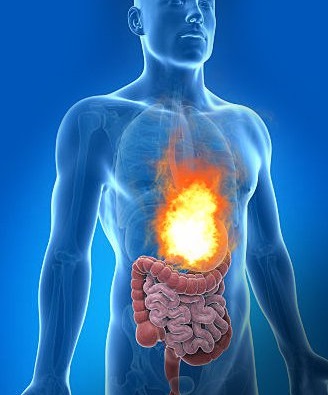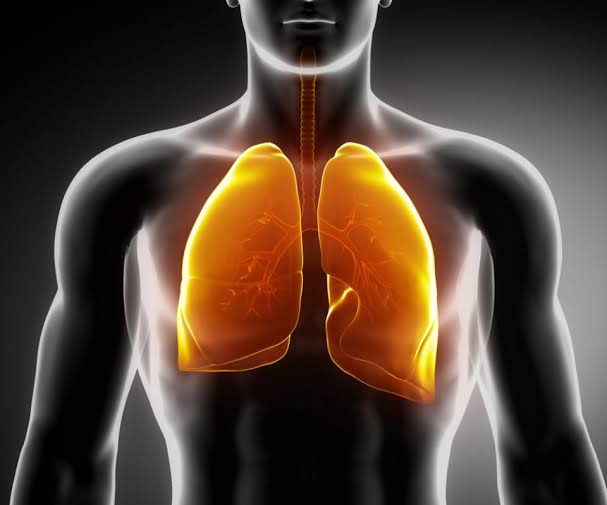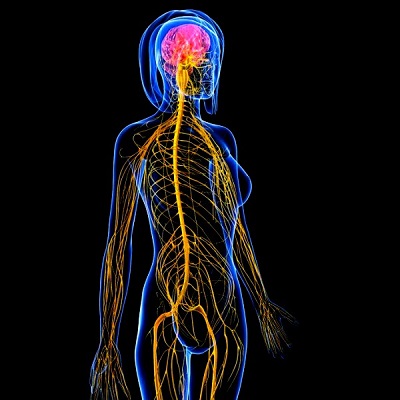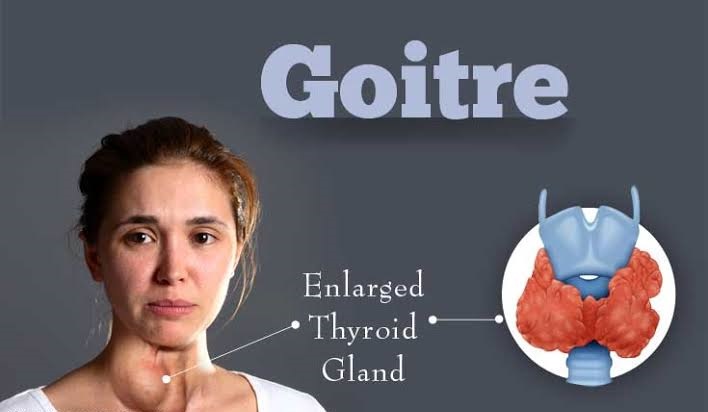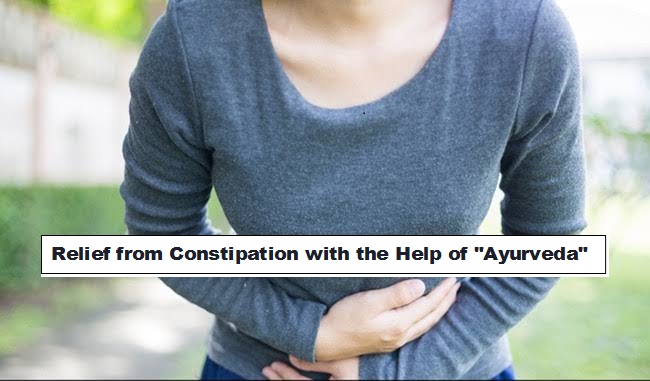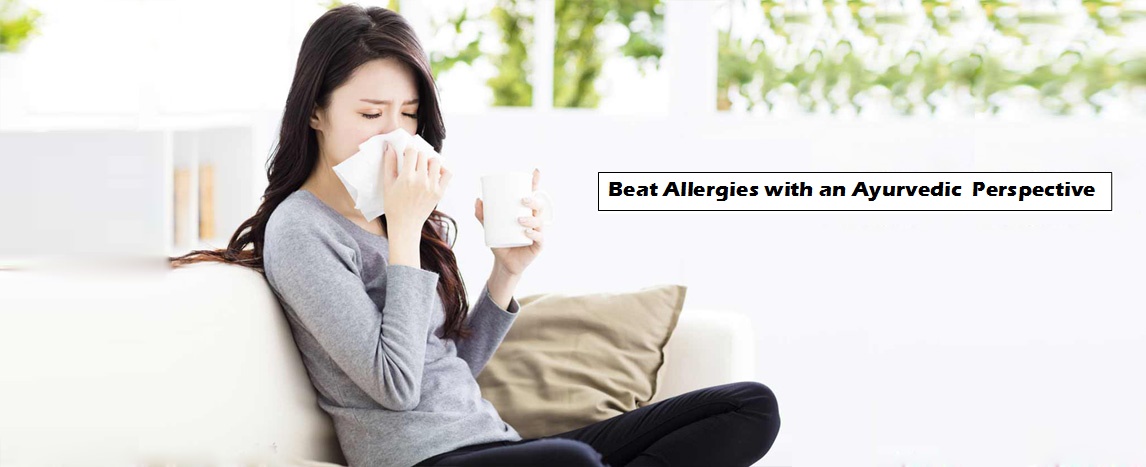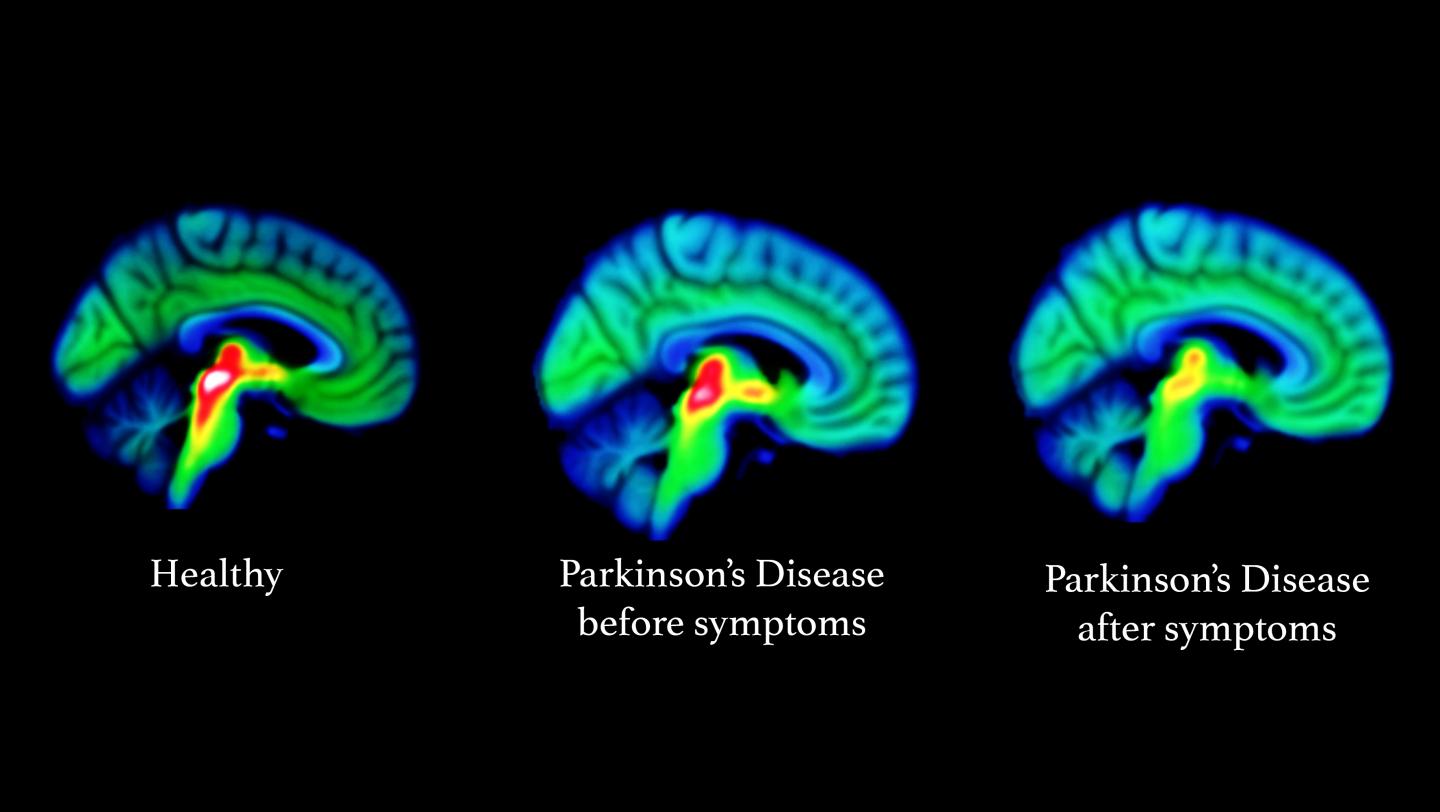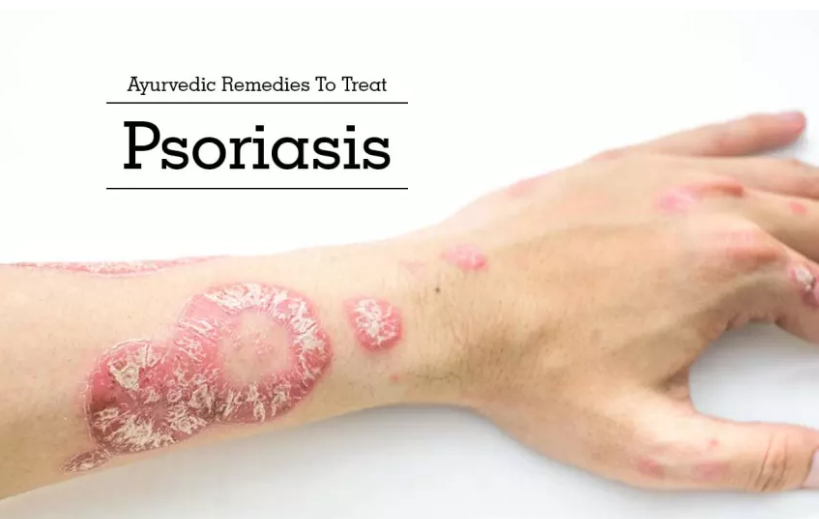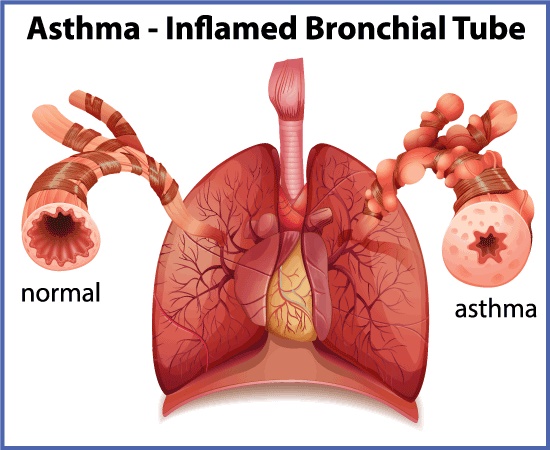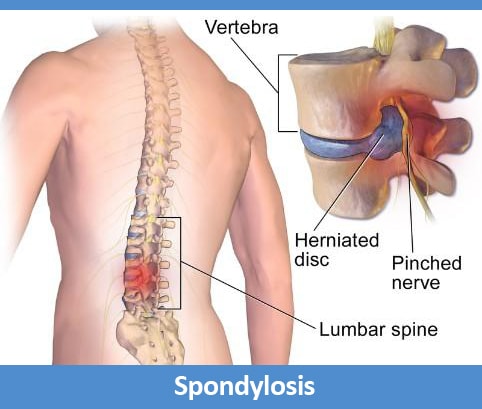What is Acid Reflux, and why does it Occur?
Acid reflux occurs when the digestive juices of the stomach enter the oesophagus [the food pipe connecting the mouth and stomach]. This causes heartburn, burping, regurgitation, breathlessness and mild to severe pain below the chest–called Epigastric Pain. Ayurvedic Approach—
- People with Pitta Imbalance are susceptible to occasional acid indigestion and heartburn. Stress, anger, extra-hot spicy foods, and environmental factors such as heat can worsen the Pitta. A few simple changes in the lifestyle and diet can help bring Pitta to the right balance for more effective digestion and greater calm and contentment. “Pitta’ is the heat energy mainly located in the stomach. Excess intake of heat-producing foods can increase acid production. Pitta-aggravating foods such as tomatoes, citrus fruits, orange juice, salsa, yoghurt (except lassi), onions, garlic, chilli peppers, salty fried foods, and alcohol can upset the digestion. These foods should be avoided entirely until the acid level is brought to a complete balance.
- Do not skip meals. Eating breakfast is highly crucial. Omitting breakfast hurts the Sub dosha of Pitta called Sadhaka Pitta, which governs the emotional heart. It is responsible for contentment and bliss. At lunch, with Agni (the digestive fire) increasing along with stomach acid, an empty stomach is not ideal from the ayurvedic viewpoint. It can cause anger, impatience and be over-hungry.
- Avoid high-stress situations—practice stress-management techniques. Enjoy the natural beauty; it helps to balance Sadhaka Pitta. If you feel uneasy during the day, take a few sips of cold milk on an empty stomach.
- Pomegranate juice also helps balance the acid in the stomach. It tastes sour, but it is astringent and bitter, which can help balance ‘Pitta’.
- Aloe Vera Gel is beneficial to balance pitta. Avoid the store-bought juice, as citric acid is used as a preservative and it is too acidic if you suffer from acid indigestion.
- Roasted Fennel Seeds can be eaten to help settle the stomach and balance digestion. Eat ¼ teaspoon of baked fennel seeds three times a day between meals.
- Rosewater or mint lassi is good with a meal. Split moong, green leafy vegetables, grains, watermelon, honeydew melon, lettuce, mangoes, fenugreek seeds, coriander, cardamom and mint should be included regularly in your diet.
Madras Institute of Ayurveda, Chennai is the centre of Ayurvedic medicine and treatment in Chennai, where age-old tradition meets modern techniques that range from Panchakarma treatment to Rejuvenation. They provide a whole range of quality ayurvedic treatments, assisted by an accomplished team experienced therapist. Care begins with an accurate diagnosis, based on which the doctors create a specific treatment plan to treat the disease and not just the symptoms. Log on to www.miayurveda.org to learn more about our treatment plan.

